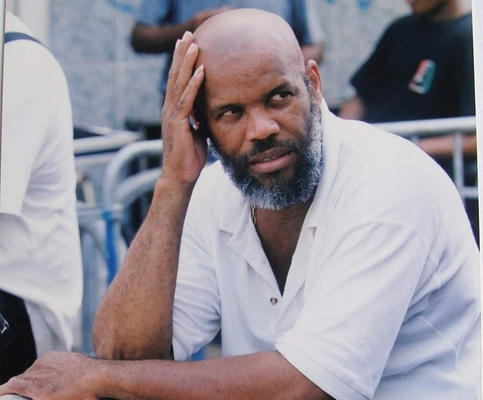Gwoka and the Guadeloupe Islands
'Gwoka' and the islands of Guadeloupe
Gwoka has its roots in the turbulent past of the archipelago! Gwoka is both a musical genre and a dance performed to the rhythm of a drum known as the "KA". The percussionist, known as the "tambouyé", performs rhythms that can be festive or melancholy, but all are undeniably captivating. Originally, playing and dancing gwoka was a means of resistance and survival, but today it's an integral part of everyday life in Guadeloupe.
Yves Thôle, emblematic figure of the 'gwoka'

Now a regionally and internationally recognized drummer (called 'Tanbouyé'), he has played and collaborated with some of the biggest names in Guadeloupean music and dance, including Guy CONQUET and François LADREZEAU.
Although trained as a cooper, he founded his own traditional "Kas" workshop in 1981 and has been constantly innovating, developing new processes and materials to increase production capacity.
He is now the first master of the art of making and restoring percussion instruments (drum ka) in the French overseas departments and territories, a distinction he received in November 2010 from the Minister of Culture and Communication, Mr. Frédéric MITTERAND.
At the end of January 2011, Yves THOLE presented a 'Ka' to the French Ministry of Culture for inclusion in the collections of the Schœlcher Museum (Musarth) in Pointe-à-Pitre.
At the end of January 2011, Yves THOLE presented a 'Ka' to the French Ministry of Culture for inclusion in the collections of the Schœlcher museum (Musarth) in Pointe-à-Pitre.
The 7 rhythms of 'Gwoka'

1. Toumblack,dance of love and fertility
2. Kaladja, dance of mourning
3. Woulé, spiked waltz, usually danced with a scarf
4. Graj, work dance with movements similar to manioc production
5. Padjanbèl, work dance with movements similar to those of slaves on plantations
6. Menndé, carnival dance synonymous with collective escape
7. Léwoz, a martial rhythm reminiscent of plantations attacks.
Whether it's dance or music, Gwoka is a space for improvisation and creation, where everyone can give free rein to their imagination.
Every July, Gwoka enthusiasts gather at Sainte-Anne's festival, where dozens of "tanbouyés" perform on the beach and in the streets.
Until July, we invite you to experience a Léwoz evening, a unique moment to live with the Guadeloupeans.
Since 2014, Gwoka has been classified by UNESCO as part of the Intangible Cultural Heritage of Humanity . This classification encourages and supports activities to preserve and transmit Gwoka traditions at local, national and international levels.






